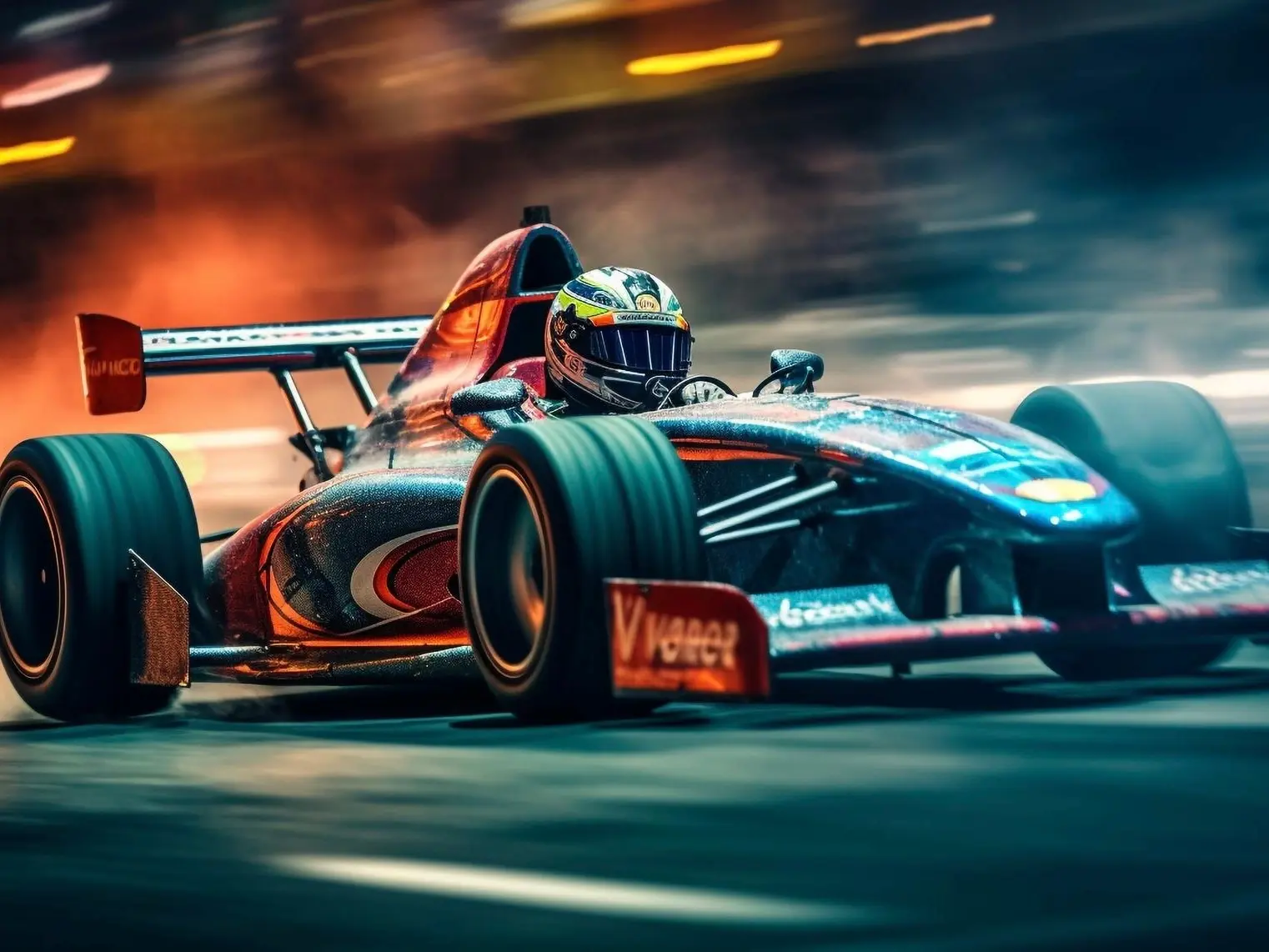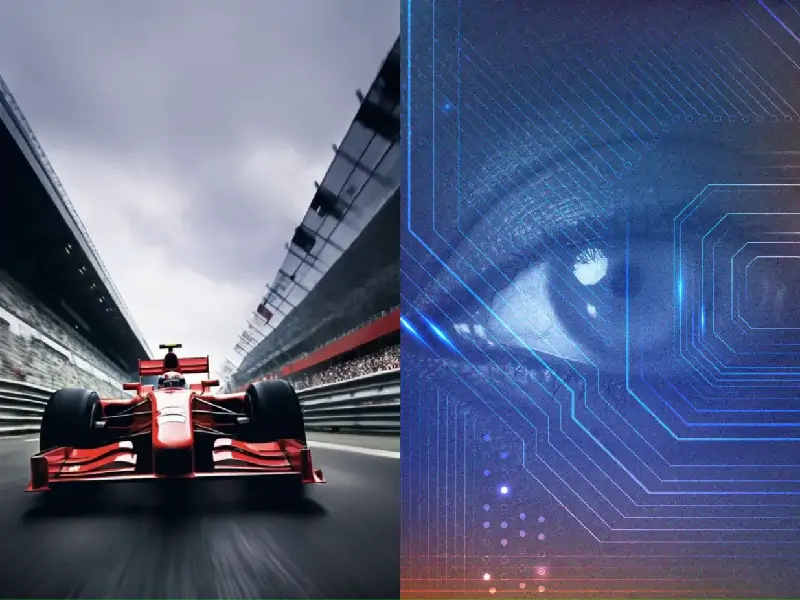- Formula One plans to utilize AI to detect track limit infractions in the Abu Dhabi Grand Prix.
- AI usage in this context shares similarities with its application in medicine, particularly in scanning data for cancer screening.
- The FIA aims to decrease potential infractions reviewed by the ROC and enhance the efficiency of track limit policing.
F1 has ventured into AI-Powered enforcement to revolutionise track control
Formula One is moving into groundbreaking territory by leveraging artificial intelligence (AI) to enforce track limits during the upcoming season-ending Abu Dhabi Grand Prix.
The FIA has unveiled plans to employ “computer vision” technology, relying on intricate shape analysis to precisely detect and address infractions occurring at the track’s edge.
This innovative approach involves pixel-counting techniques to scrutinize movements breaching the defined boundaries, marking a pivotal moment in F1’s quest for cutting-edge regulation.
Also read: 9 very different ways AI is changing the world
Enhancing racing fairness and safety with AI
Formula One is leveraging artificial intelligence to pinpoint genuine infractions, specifically when a driver crosses the track edge with all four wheels. This introduction aims to streamline the FIA’s Remote Operations Centre(ROC) workload, ensuring quicker responses to violations.
The primary goal is to promote fair and safe racing. Historically, some drivers exploited track boundaries, leading to potential accidents and foul play. The adoption of AI is a strategic move to curb such offences, prioritising race fairness and overall safety.
Also read: YouTube tests AI tool that mimics famous singers with select creators

Contrasting data dynamics in motorsport and medicine
AI is effectively utilised in the medical field, particularly in cancer screening using scan data. This application shares similarities with its use in motorsport infringement monitoring. Both domains encounter common challenges like handling big data, pattern recognition, and enhancing efficiency.
These challenges involve processing large datasets, such as motorsport and patient records; pattern recognition and classification, like identifying vehicle crossings and anomalies in medical imaging; real-time decision support for prompt responses to infractions and medical issues; and process automation to ease professional tasks.
Despite these parallels, significant differences exist. Medicine imposes stricter requirements for sensitive data and privacy, while AI applications undergo more rigorous scrutiny and certification. These distinctions highlight the unique demands and considerations in each field.
Will the programme succeed?
The FIA hopes to expand its facilities and continue to invest in software to make significant progress in the future. However, technology implementation isn’t flawless, leading to situations that may cause dissatisfaction. Tim Malyon, the head of the ROC, said, “In fact, that’s an interesting element of the story as currently, through loop positioning, through GPS positioning etc, the human still wins.”
While AI holds the potential for success in enforcing track limits, its introduction demands meticulous consideration of diverse technological, ethical, and social factors.

